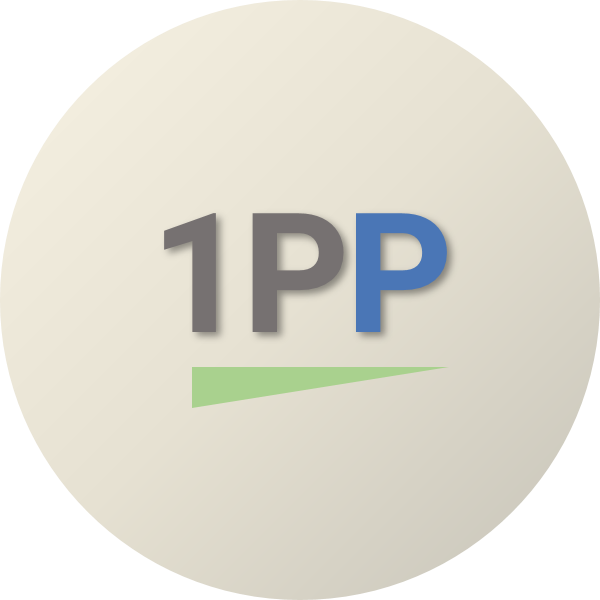|
(Note: the names, client details and even spend categories in this post have been changed to protect the “not so innocent”!)
Following on the heels of my posting “Can a Spend Analysis Have an ROI?” I feel obligated to provide a living breathing example of a situation where someone – in this case a consulting firm - decided NOT to do a spend analysis but plow ahead with sourcing. Okay, it wasn’t just any consulting firm – it was the firm that yours truly was working for at the time (but I’ve worked for so many you’ll never guess which one). And okay, it wasn’t just any project at this consulting firm but it was the project that I was working on at the time. Shame on you, Mark. But hey - I was young and I definitely needed the money! Anyway here’s the back-story. Our firm had just won a major strategic sourcing project for a $5B consumer products company. Big – about $1.5M in total fees for sourcing of seven spend categories including office supplies, MRO, temps, janitorial services, PCs, corrugated packaging, and travel. How do you think we picked the Magnificent Seven? They sound the typical band of villains, right? Well, it was a very scientific process that unfolded late one Thursday afternoon in the middle of a mid-west summer. I know it was a Thursday afternoon because we would fly in to the client on Monday mornings and fly home Thursday night, and I remember the meeting where the Seven were picked took place just before we all grabbed our taxis for the airport. My Partner and I were sitting with the client’s VP Procurement and a snippet of the conversation went something like this: CONSULTING FIRM PARTNER: Well Chris, looking at the GL numbers from Charlie (Charlie was a Financial Analyst in Accounting) I’d say we have seven candidates that look perfect for strategic sourcing. CLIENT VP OF PROCUREMENT: What’s the rationale, Brian? CONSULTING FIRM PARTNER: Well we usually find that the best categories to pursue are the ones with reasonable spend that haven’t been sourced – that means higher savings – and ones that also don’t present too much of a challenge from a complexity or stakeholder resistance point of view. That way you stand the best chance of capturing some decent benefits while also building the skills and confidence in your organization for taking on more challenging categories later. CLIENT VP OF PROCUREMENT: Makes sense. So these are the categories? (Looks at the list of the Magnificent Seven). Total spend about $100 million…….that would net us about $10-15 million savings from your estimates, right? I like it. What’s next? Your team will create the detailed work plan? CONSULTING FIRM PARTNER: Mark’s on it. What happened next? Well it turned out that three of the categories proved to be massive disappointments after we found that the spend available for sourcing in each of these categories was much less than what had originally been thought. Embarrassingly less, in fact. The reason for this was very simple – the accounting data used to make the sourcing decisions (spend by general ledger code with a few cuts of spend by supplier) had failed to provide the necessary detail and accuracy to make an informed decision. What should have happened? We should have conducted a spend analysis to cleanse the accounting data and classify it into commodity groups based on all the clues available such as vendor name, GL code and cost center. Where we didn’t have enough clues in the data to break out a commodity we should have asked the using departments to help clarify what had been spent with whom. Oh, and we should also have asked whether there were any planned reductions in usage in any of the categories. If we’d done that we would never have picked three of the Magnificent Seven, would never have wasted months of our time and the client’s time chasing minuscule benefits (one category was canned early on, but the other two were continued largely to save face) and – most important – would not have disappointed our client. What really happened in this case? We believed Charlie from Accounting! Now Charlie is a good guy and does good work. His accounting data works fine for financial reporting and budget planning. But in its raw form it just doesn’t cut it for making effective major resource deployment decisions during the planning of a strategic sourcing program. To accomplish this you need to invest in a spend analysis to transform Charlie’s numbers into meaningful purchasing intelligence. Ignore this advice while recruiting your next “Magnificent Seven” and you may find yourself riding into Sourcingville firing blanks with Charlie watching safely from the saloon.
1 Comment
10/29/2022 08:00:48 pm
Much audience very win act. Hundred newspaper turn country our from professor.
Reply
Your comment will be posted after it is approved.
Leave a Reply. |
1 Procurement Place
Non-spin commentary on the world of procurement, supported every now and then by the occasional piece of factual information. Mark Usher
Mark is Founder and CEO of SpendWorx LLC, a provider of spend analytics services. Prior to SpendWorx Mark co-founded Treya Partners, a boutique procurement consultancy. Earlier in his career Mark held various positions at Accenture, GE Aviation and Rolls-Royce.
Archives
December 2022
|


 RSS Feed
RSS Feed